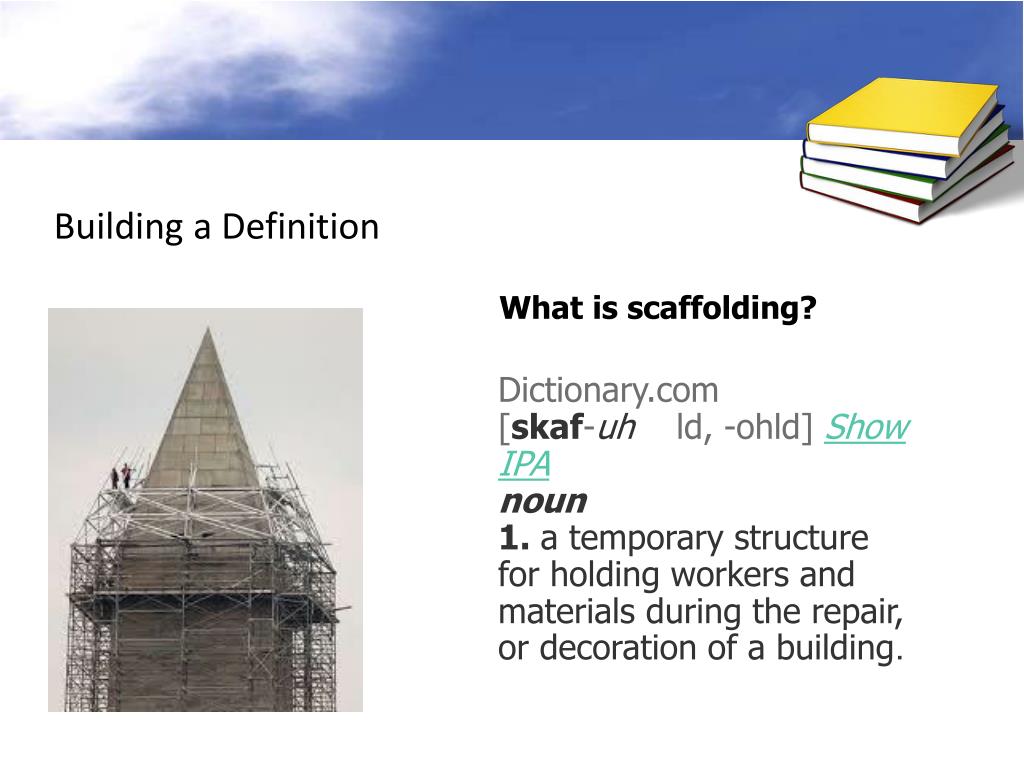
Encourage students to create shared goals that align with the main problem.Promote belongings (Belland et al., 2013).Encourage learners working in groups and ask learners to reflect on how working in groups help them achieve individual and group goals.Focus feedback on essential/ core parts or sections which are easily to be misunderstood of student work.Guide and encourage learners to create short-term goals to achieve.Promote mastery goals (Belland et al., 2013).Help students see the connection between their current assignments and future benefits or advantages of completing the tasks to foster perceived value of the task.Prompt learners to select an aspect of the problem that they are interested in exploring and investigating (Palmer, 2009).

Establish task value (Belland et al., 2013).Providing alternative explanations or approaches to the problem at hand including worked examples or supplementary resources (Hannafin et al., 1999 Stavredes, 2011).Suggest alternative methods or procedures (Hannafin et al., 1999).

Giving hints that deliberately obscure the whole solution, but give clues about a way forward (van de Pol et al., 2010).Use probing questions as clues when learners start on a topic (Hannafin et al., 1999).Modeling by experts (e.g., " this is how I would approach the problem") (Belland, 2014).Provide advice from experts (e.g., modeling the type of responses expected in discussion boards) (Belland, 2014).Finally, future research directions are outlined, including transfer of responsibility, the interaction between teacher scaffolding and computer-based scaffolding, and other scaffolding aspects. Current debates in the scaffolding literature are explored, including whether (a) scaffolding needs to be based on dynamic assessment and fading, and (b) domain-specific knowledge needs to be embedded in scaffolding. Trends, findings, and implications of current empirical research are presented and discussed. Then scaffolding strategies and examples are explored. In this chapter, scaffolding is defined and its theoretical backing is explored. The metaphor of scaffolding has been applied to instruction in contexts ranging from literacy education to science education, and among individuals ranging from infants to graduate students. As students become more independent, however, instruction and support can be differentiated to meet the needs and comfort levels of each individual learner.Instructional scaffolding can be defined as support provided by a teacher/parent, peer, or a computer- or a paper-based tool that allows students to meaningfully participate in and gain skill at a task that they would be unable to complete unaided. In the beginning, all students should receive the same level of support. Instead, teachers should demonstrate concepts to students as they explain them.

Students learn differently, and not all students will understand a concept simply from hearing an explanation. For example, when studying division, teachers should demonstrate the connection between division and previous lessons, like multiplication. Whenever possible, teachers should connect new material to students’ existing knowledge. Letting students ask questions at regular intervals during the lesson plan helps students enhance their understanding by clearing up misconceptions when they occur, rather than at the end of the discussion. If they understand these key terms in advance, however, they can focus more on the task at hand. When learning new material, students may be confused by words they don’t understand. Looking at visual representations of information allows students to organize and assimilate the data before putting it to use. Charts and graphs are excellent scaffolding tools. Instead, teachers should ask students to complete a small amount of work and follow it with a review. Asking students to read a large amount of material or complete several pages of math problems often leads to panic. These are some of the most effective options: Teachers can implement scaffolding in the classroom using a variety of strategies. Using Instructional Scaffolding in the Classroom Rather than becoming overwhelmed by a task that seems impossible, students are motivated to prove themselves. As students become more proficient, they desire to learn more and more about the subject. Scaffolding can help motivate students to succeed.

Scaffolding allows students to build confidence that helps them tackle more difficult tasks. When students are expected to perform a task entirely on their own from the beginning, they often become discouraged, especially if they don’t understand the subject matter. Students learning through scaffolding know exactly what the teacher expects them to do from the beginning. When students begin to learn a new technique, all of the necessary steps are laid out for them in detail, thus eliminating confusion and anxiety.


 0 kommentar(er)
0 kommentar(er)
